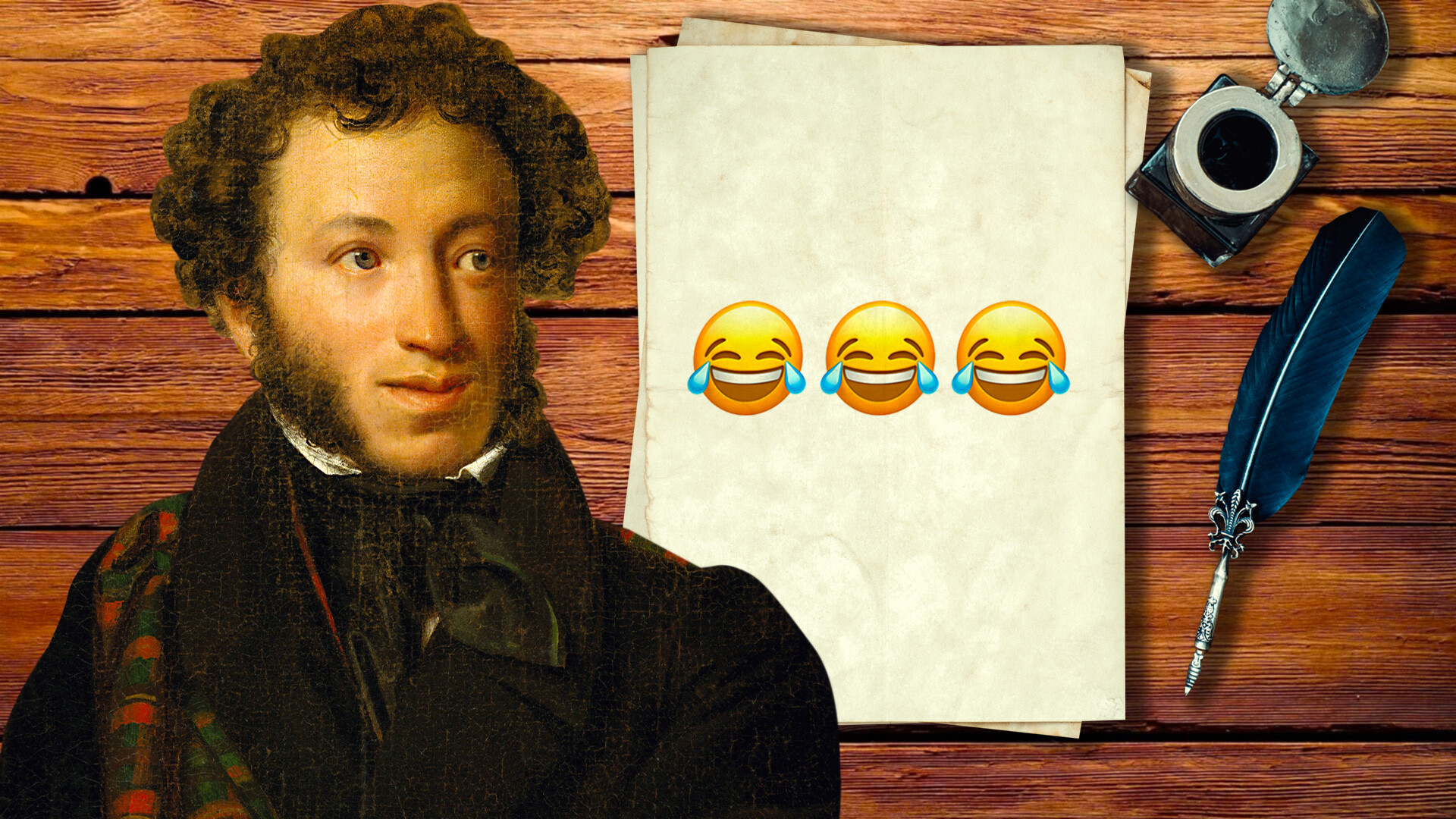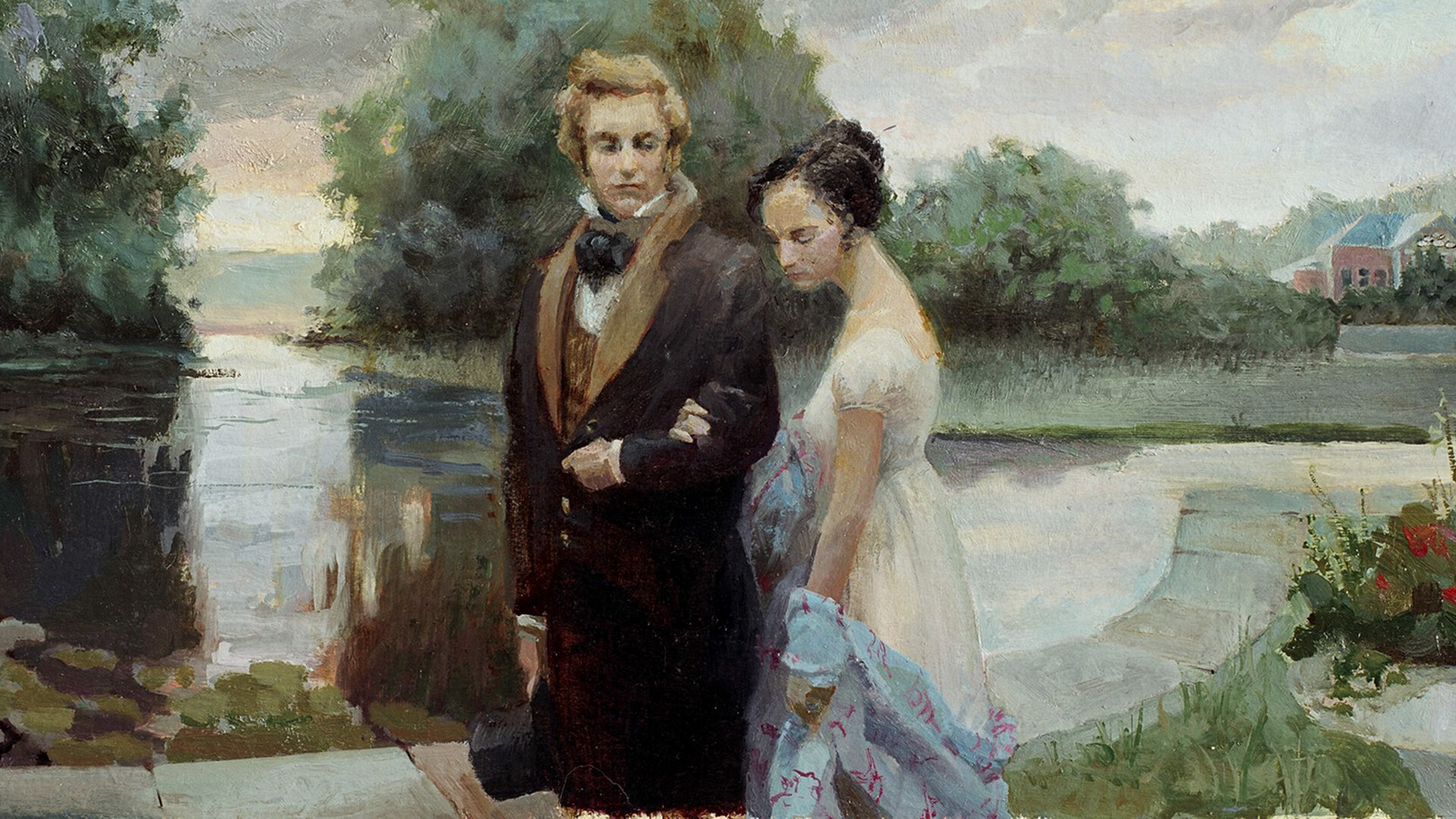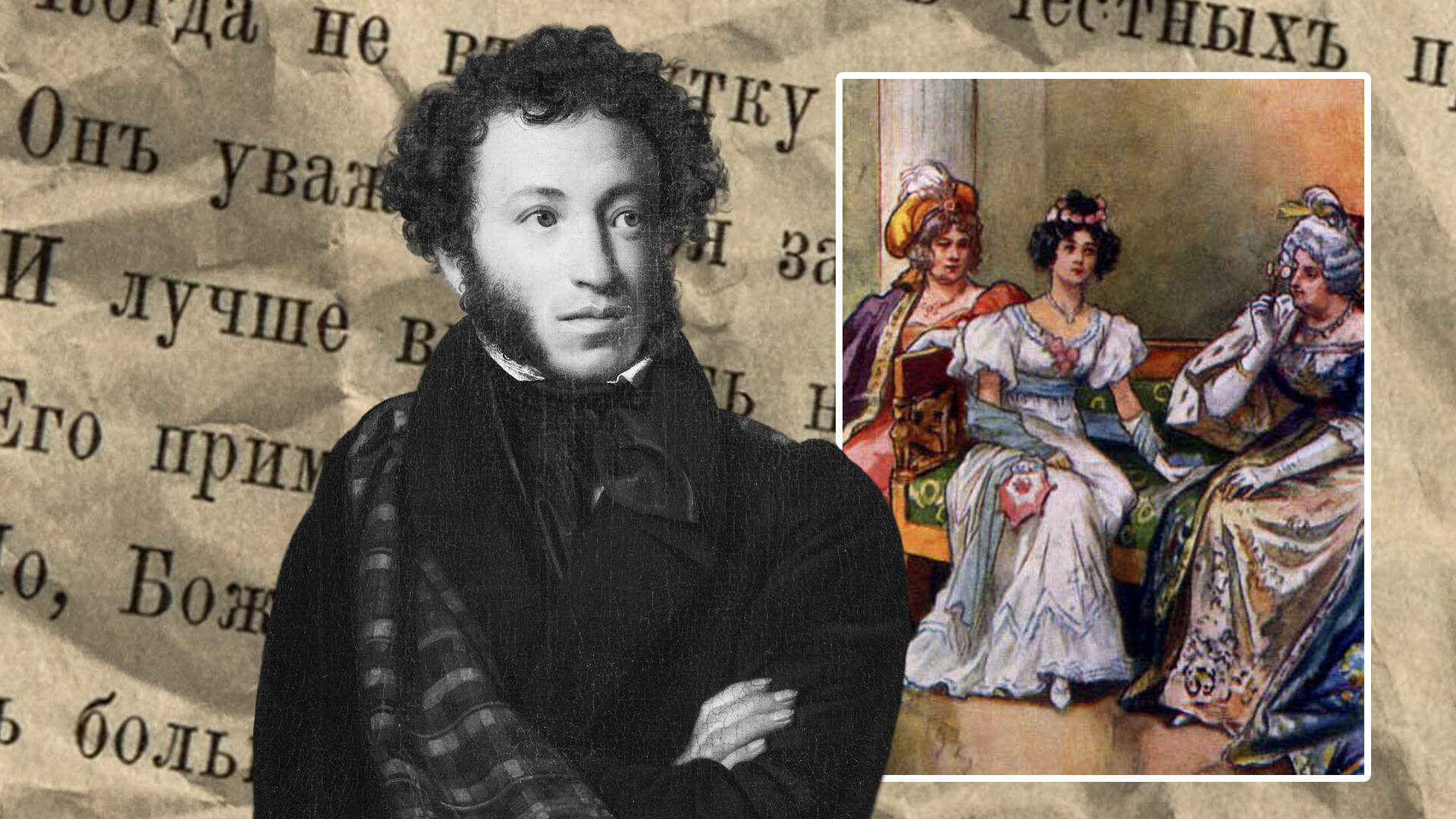
‘A mix of an ape with a tiger’: What did Pushkin look like in reality? (PICS)
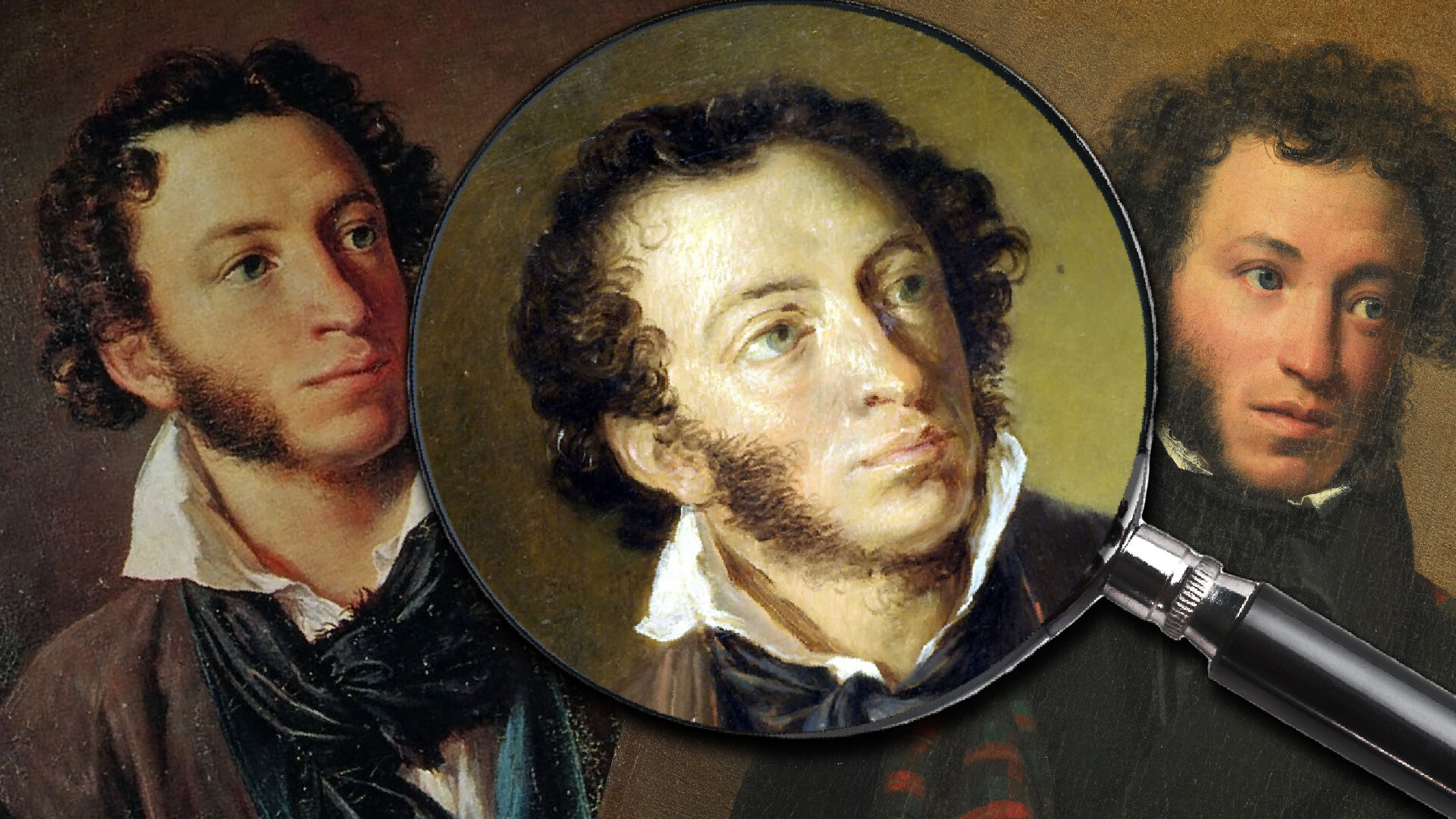
The only photo
For a long time, a photo has been circulating on the Internet, in which Alexander Pushkin is allegedly depicted. It’s a daguerreotype, which, according to legend, was made by its inventor Louis Daguerre in 1836 in St. Petersburg. In it is a curly-haired man, who really does share similarities with the famous painted portraits of the great poet. However, it’s not him.
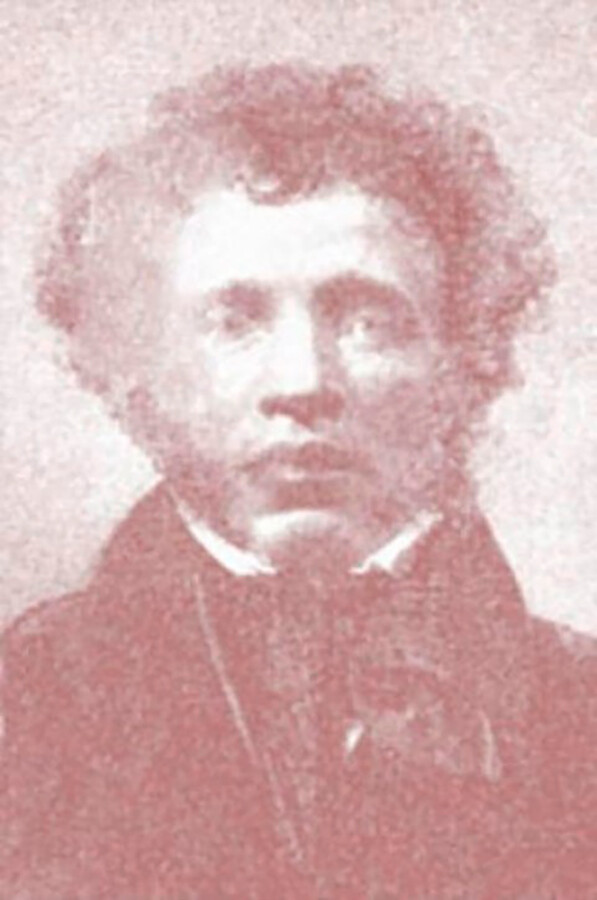
It’s quite easy to debunk the myth about the “only lifetime portrait”. During the life of Alexander Sergeyevich, although some experiments were done with daguerreotypes, the full-scale publication of such a method of capturing reality happened only in 1839, two years after Pushkin’s death.
Moreover, the shooting process itself was not ideal: To take one photo of not the highest clarity, one had to take the same shot over several days (with so-called ‘long exposure’). The photo subject couldn’t move, otherwise the photo would come out blurry. Naturally, not a single human could have sat motionless for that long.
Finally, there is no evidence that Pushkin had ever met Louis Daguerre.
So what did he look like?
The canonical portraits of Pushkin were made by famous Russian artists Orest Kiprensky and Vasily Tropinin.
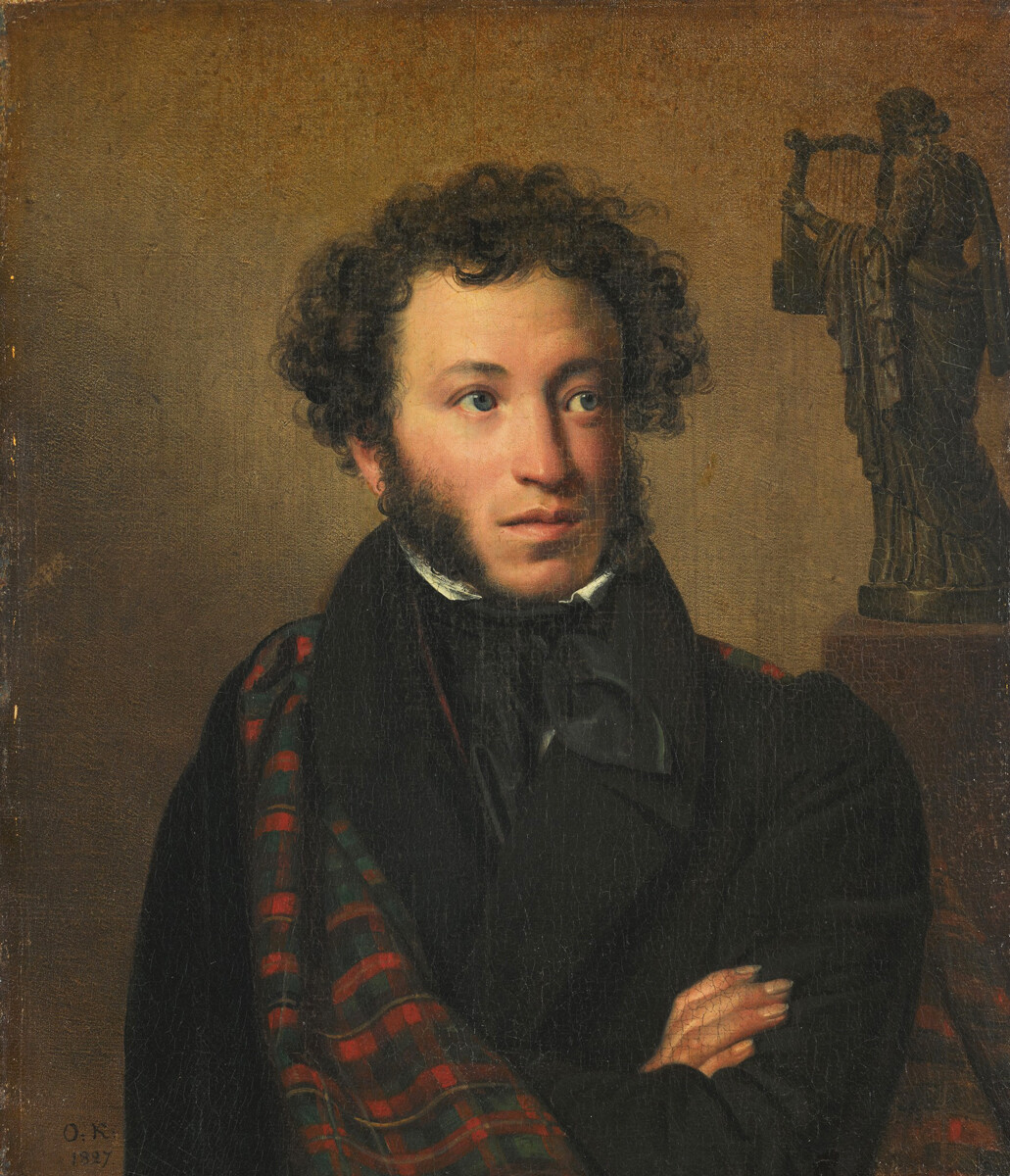 Portrait of A. S. Pushkin, 1827, Orest Kiprensky
Portrait of A. S. Pushkin, 1827, Orest Kiprensky
Even close relatives of the poet noted their striking resemblance with the original. However, they also mentioned that, in them, the look of Pushkin is “somewhat” embellished.
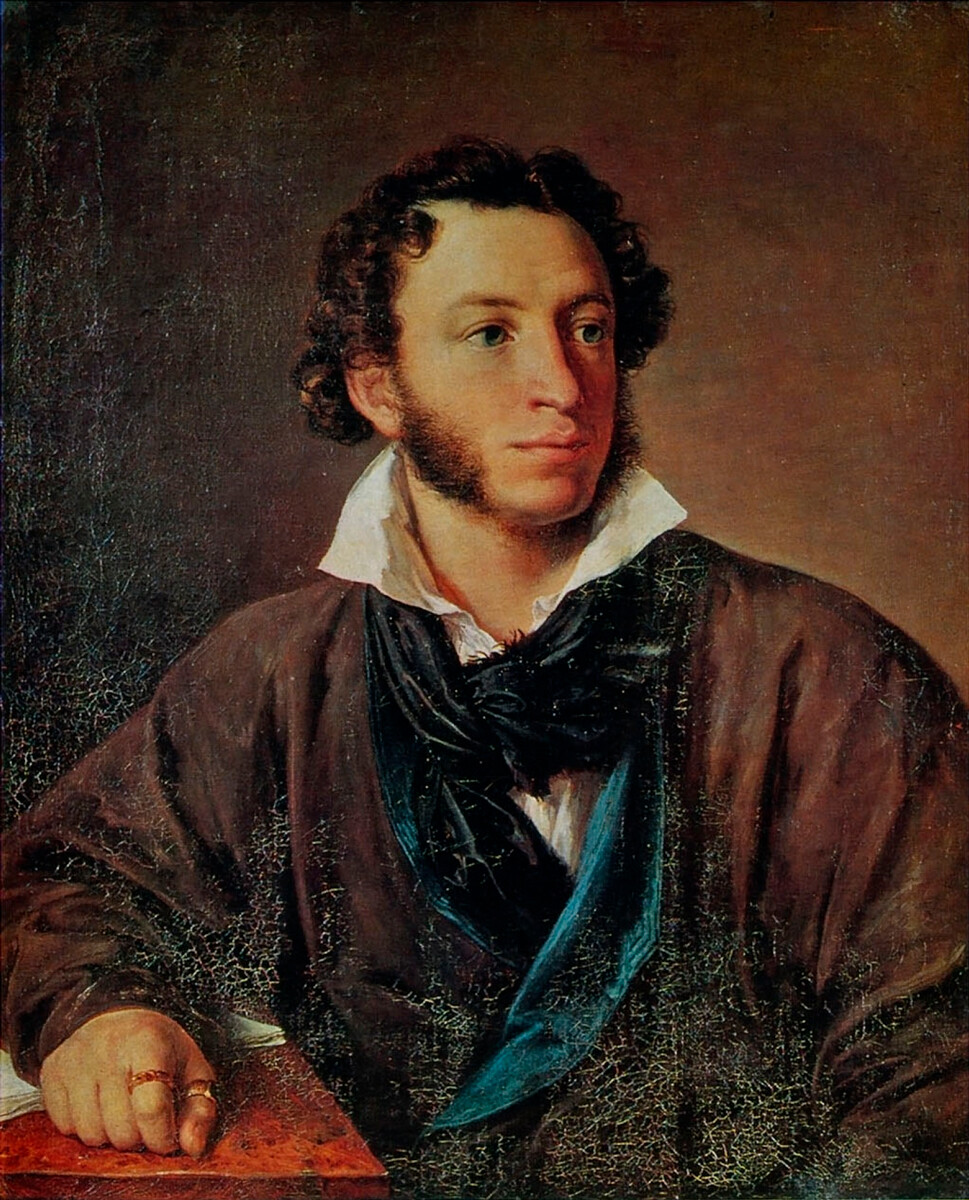 Portrait of A. S. Pushkin, 1827, Vasily Tropinin
Portrait of A. S. Pushkin, 1827, Vasily Tropinin
Tropinin, for example, made a study for his portrait. And, in it, the poet is depicted without any “filters”.
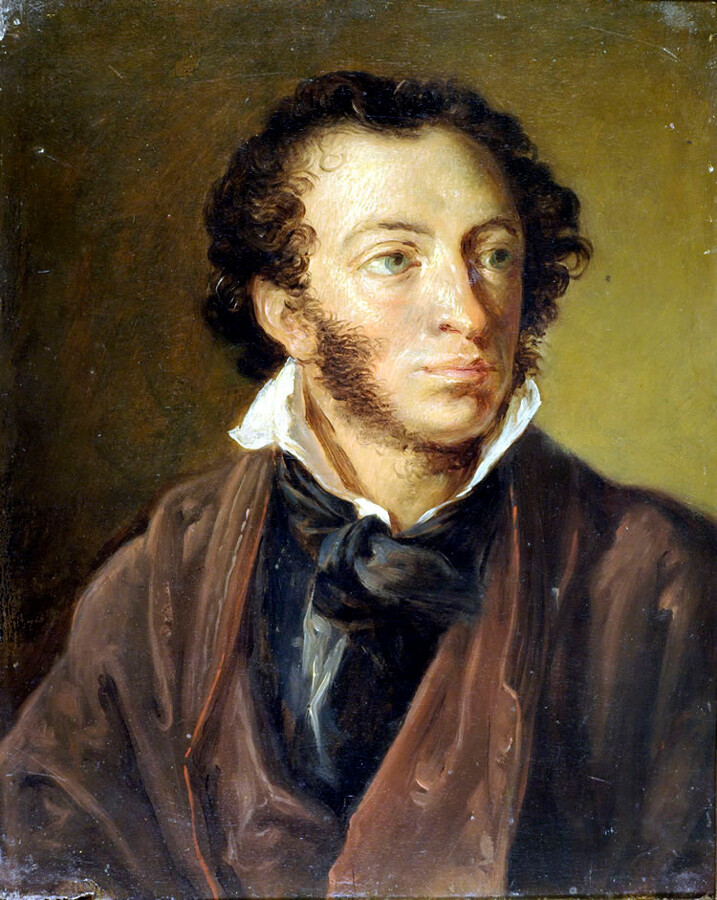 Portrait of A. S. Pushkin. Sketch, 1827, Vasily Tropinin
Portrait of A. S. Pushkin. Sketch, 1827, Vasily Tropinin
His contemporaries noted the curly brown hair of the poet, his sideburns, which they called “horrible”, as well as quite a large nose. Anna Olenina, one of Pushkin’s muses, described him in the following way in her memoirs: “God, having graced him with his only genius, didn’t bestow good looks upon him… His African profile, inherited from his mother’s line, didn’t do his looks any favors. Add to it his horrible sideburns, unkempt hair, nails like claws and short stature.”
Olenina called Pushkin’s height of 1.66 meters a “short stature”, although, at the time, it was considered the average male height in Europe.
Another popular myth about Pushkin’s looks is his African descent. It’s known that the poet’s great-grandfather was an Ethiopian named Abram Petrovich Gannibal, who was brought to Russia as a slave and settled in the country. The poet’s contemporaries really did note the quite dark skin of the poet and his thick lips, but if he was an ‘African’, then only 1/8 of one. His dark skin wasn’t a permanent feature; to the contrary, Alexander Sergeyevich was really pale, but, in the sun, his skin was burnt quickly and strongly, so many often saw him quite tanned. By the way, because of this feature of his, the poet always walked the streets in spring and summer with an umbrella. Aside from that, Pushkin had light-blue eyes uncharacteristic of Ethiopians.
The poet himself, by the way, described his looks in the following words: In his Lyceum notes, he called himself “a mix of an ape with a tiger”. Although, in the past in Russia, people would describe the French in that way and not unattractive looks. Plus, we don’t know if Pushkin was self-critical – or if he truly believed he looked like a Frenchman.









